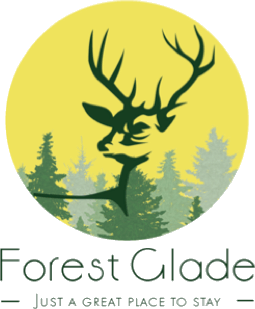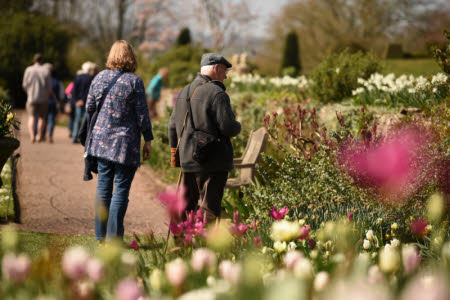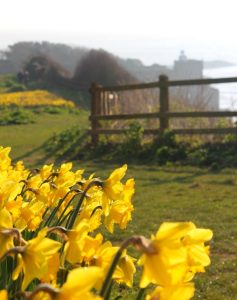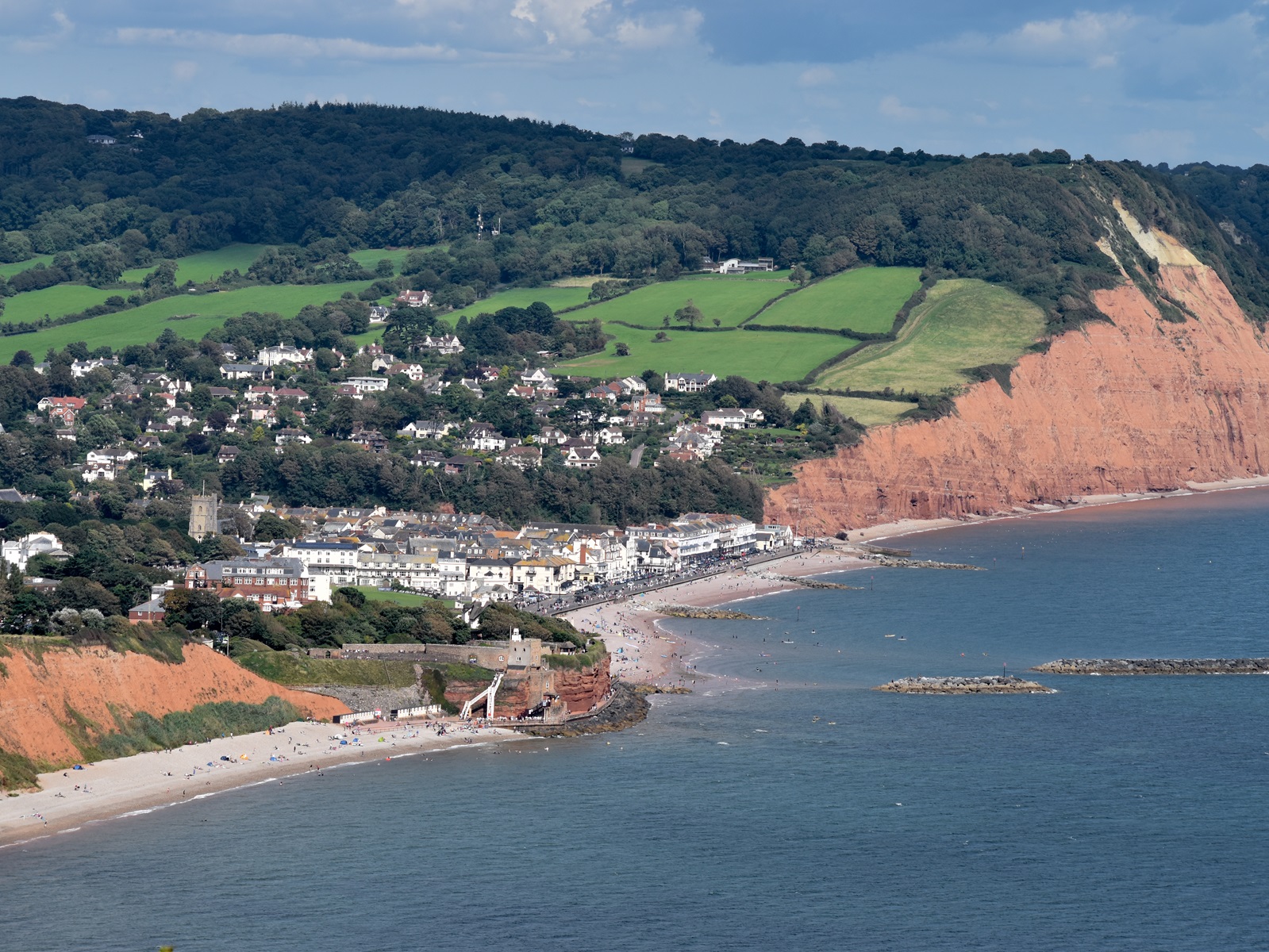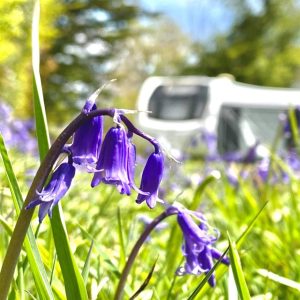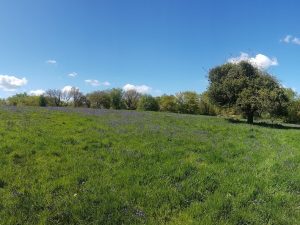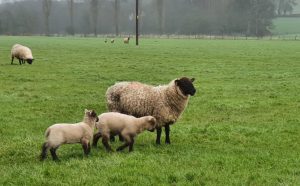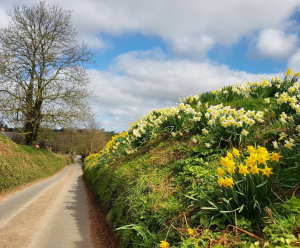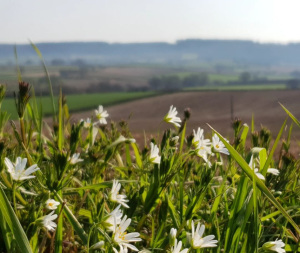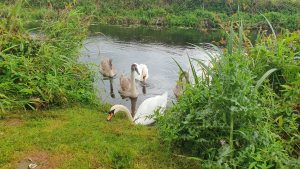
Let’s start our walking at the Grand Western Canal. Our favourite section of this local waterway provides a fairly easy and flat, 2 mile walk. This loop, known as the Swan’s Neck walk at Halberton offers your best chance of spotting elusive kingfishers hopping from branch to branch. You’re most likely to see ducklings or cygnets learning to paddle the waters – alongside kayakers and stand-up-paddle-boarders of course! The yellow and purple wildflowers along the towpath really come to life from March onwards, framing the spring lambs and calves that gambol in the surrounding fields. Stop for cake and a cuppa at the Swan’s Neck Cafe, or stock up on local produce at Halberton Farm Shop.
This is a family walk mostly off-road, which is possible with a buggy, but wheelchair users should be aware that there is a very steep hill between Halberton and the Greenway Car park.
